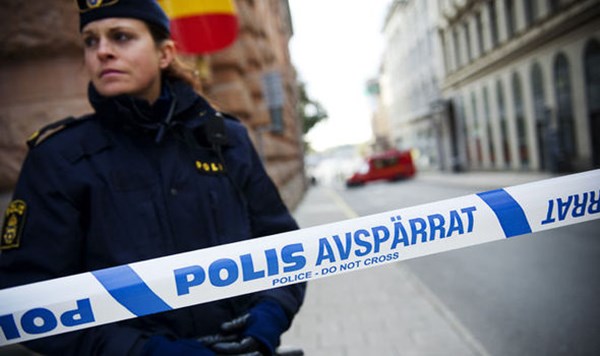Media: Suspects of explosions in Swedish city of Gothenburg were trained in Russia
According to the investigation, the defendants in the case on the explosions in Swedish Gothenburg underwent militarized training at a special camp in the vicinity of Saint Petersburg, as stated by prosecutor Mats Ljungqvist, as reported by DW.
According to him, the suspects, aged 20, 23 and 50, maintained contact with the Scandinavian radical nationalist-socialist organization the “Nordic Resistance Movement”. Furthermore, two of the three accused persons were trained at the ultra-nationalist “Russian Imperial Movement” (RIM) camp in Russia.
The accused underwent an intensive training course, which took “from several days to weeks,” the prosecutor explained. The day’s activities lasted between 07:00 in the morning and 22:00 in the evening. The camp was located in an area with a number of abandoned buildings, not far from Saint Petersburg. The investigation possesses photographs showing men in military uniform holding Kalashnikov automatic rifles.
Stanislav Vorobyov, founder of the RIM, has visited Sweden personally. The Russian organization has also transferred funds to the Nordic Resistance Movement.
In addition, the militarized training of the accused also involved the “Partisan” center of tactical and firing training, which maintains close ties to the RIM, and carries out the “training of the civilian population in personal survival under war conditions”.
The suspects returned to Sweden in August 2016, and two months later they placed bombs in Gothenburg. Two of the suspects have been charged with attempted murder or assault under aggravating circumstances. Furthermore, all three are accused of creating a threat to public safety.
On November 11, 2016, the first of a series of blasts went off in the forum building where members of the Swedish Left Organization were gathered. Thanks to fortunate circumstances, no one was injured. On January 5, 2017, an explosive device was detonated in the center for refugees in western Gothenburg, and one staff member received serious leg wounds. A third bomb was discovered on January 25, at a camping area on the outskirts of the city, where asylum seekers were accommodated at the time. The device was not activated due to mistakes in assembly.
